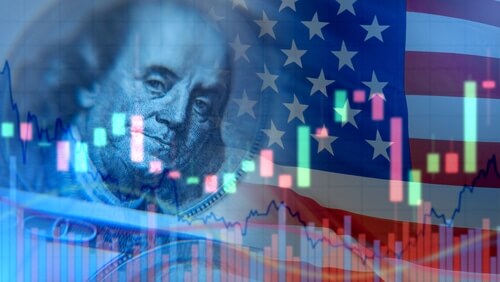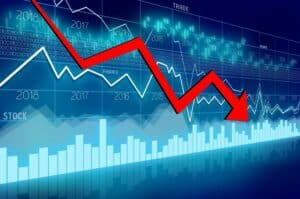Quick Look
- The Federal Reserve keeps rates steady, hinting at future cuts
- Credit card, car loan, and mortgage rates remain under scrutiny
- Savings vehicles show early signs of rate reductions
The financial landscape has witnessed a significant shift with the Federal Reserve’s recent decision to maintain its key interest rate, sparking widespread speculation about the implications for American households. Amid this backdrop, the central bank’s strategic manoeuvres over the past two years have culminated in a benchmark rate range of 5.25 to 5.50 per cent, the zenith of over two decades. This article delves into the multifaceted impacts of the Fed’s policies on various borrowing and saving instruments, offering a comprehensive analysis that marries expert insights with the latest data.
The Fed’s Balancing Act: Inflation Control and Economic Stability
To temper the inflationary surge, which has seen a slight retreat from its peak of 9.1 per cent in 2022, the Fed embarked on a series of rate hikes. Despite this, inflation rates have been oscillating around 3.2 per cent in recent months. Consequently, the central bank’s cautious stance suggests a deliberate approach towards potential rate reductions. Therefore, this section explores the delicate balance the Fed seeks to achieve. It aims to curtail inflation while fostering economic growth, underscoring the pivotal role of its forthcoming decisions. These decisions will significantly impact household finances and market dynamics.
Credit Cards: The Rising Tide of Interest Rates
The ripple effects of the Fed’s actions are profoundly felt in credit card debt, where consumers grapple with escalating interest rates. With the average rate on assessed interest credit cards soaring to 22.75 per cent by the end of 2023, the urgency for debt repayment has never been more critical. This subsection examines the trajectory of credit card rates and strategies for consumers to mitigate the financial strain.
Auto Loans: Navigating a Landscape of Elevated Rates
Despite the upward trend in auto loan rates, consumer resilience shines through as many return to the market, driven by a rejuvenated inventory and the anticipation of more favourable conditions. Auto loan rates, intricately tied to the yield on the five-year Treasury note, present a complex puzzle for potential buyers. This part of the article offers a deep dive into the current state of auto financing, highlighting the influence of the Fed’s rate policies on purchasing decisions.
Mortgages: The Quest for Stability in an Uncertain Market
The volatility of mortgage rates throughout 2023 has left many prospective homebuyers in flux. With the average 30-year fixed-rate mortgage hovering around 6.74 per cent, some still have to discover the dream of homeownership. This section scrutinizes the factors driving mortgage rate fluctuations, critically assessing the Fed’s impact on the housing market.
Savings and Investment: Adapting to a Shifting Rate Environment
As the Fed’s rate adjustments reverberate through the economy, savers and investors are confronted with a new reality. This reality is characterized by diminishing returns on certificates of deposit and savings accounts. Consequently, this final part evaluates the evolving landscape of savings vehicles. It offers insights into how consumers can navigate these changes to safeguard their financial future.
In conclusion, the Federal Reserve’s rate strategy unfolds against a complex economic backdrop. This scenario has profound implications for both borrowers and savers. Therefore, through a nuanced analysis of credit, loan, mortgage, and savings dynamics, this article illuminates the challenges and opportunities that lie ahead. It aims to guide readers through the intricacies of a pivotal moment in financial history.











